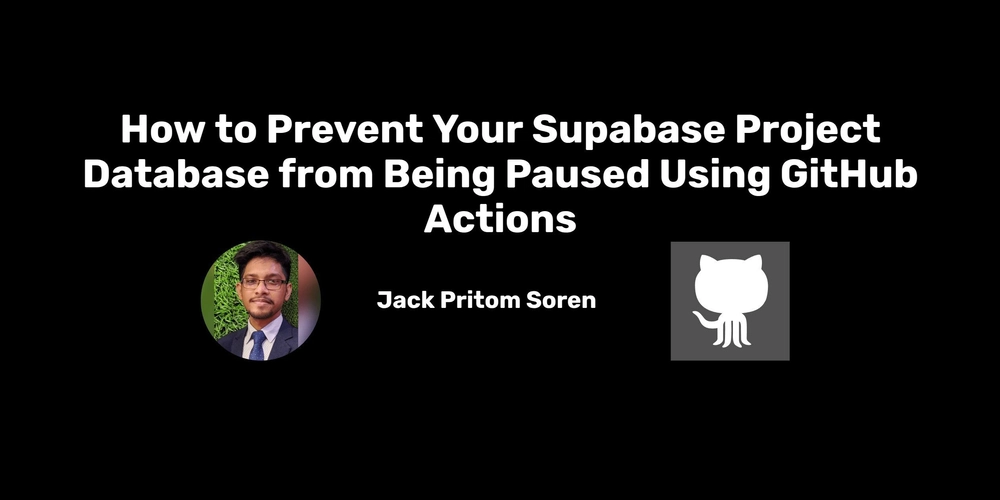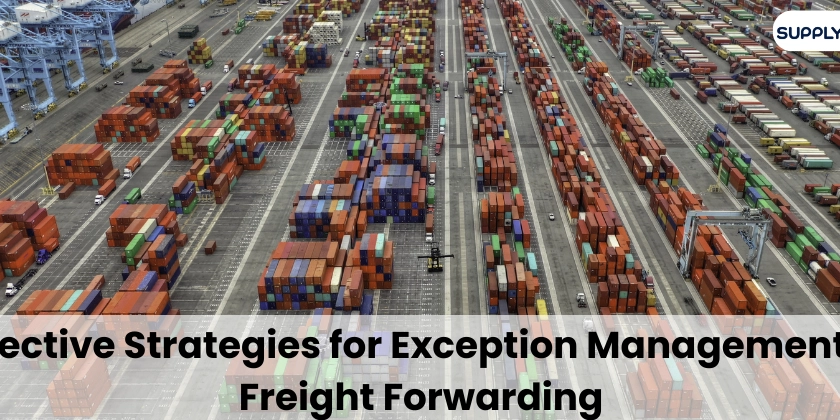DAO Development: Building Decentralized Organizations with Snapshot & Gnosis Safe
Introduction Decentralized Autonomous Organizations (DAOs) are changing how communities, businesses, and projects operate in Web3. Unlike traditional organizations with centralized leadership, DAOs rely on smart contracts, token-based voting, and decentralized governance to make decisions. But how do you build and manage a DAO effectively? Two of the most widely used tools for DAO governance and treasury management are Snapshot and Gnosis Safe. In this article, we’ll explore how these tools enable decentralized decision-making and financial security in Web3. What is a DAO? A DAO (Decentralized Autonomous Organization) is an organization governed by smart contracts and community-driven voting rather than a traditional hierarchy. Key Characteristics of DAOs: ✅ Decentralized: No single authority controls decision-making. ✅ Transparent: All governance actions and financial transactions are recorded on the blockchain. ✅ Token-Based Voting: Members vote using governance tokens. ✅ Self-Executing Rules: Smart contracts enforce decisions automatically. Examples of DAOs: MakerDAO: A decentralized lending platform governing the DAI stablecoin. Uniswap DAO: Governs changes to the Uniswap protocol. Gitcoin Grants DAO: Funds open-source projects through community voting. Snapshot: Enabling Decentralized Governance What is Snapshot? Snapshot is a gasless governance tool that allows DAO members to vote on proposals without paying blockchain transaction fees. It provides off-chain voting, meaning votes are cast without directly interacting with the blockchain, making the process fast and cost-effective. How Snapshot Works: Proposal Creation: A community member submits a proposal (e.g., changing treasury allocations or updating governance rules). Voting Process: Token holders cast votes based on their governance token holdings. Off-Chain Execution: Snapshot records votes without gas fees. On-Chain Implementation: Once a decision is made, the outcome is executed manually or through a smart contract. Why Use Snapshot?
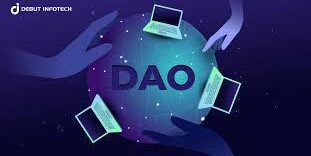
Introduction
Decentralized Autonomous Organizations (DAOs) are changing how communities, businesses, and projects operate in Web3. Unlike traditional organizations with centralized leadership, DAOs rely on smart contracts, token-based voting, and decentralized governance to make decisions.
But how do you build and manage a DAO effectively? Two of the most widely used tools for DAO governance and treasury management are Snapshot and Gnosis Safe. In this article, we’ll explore how these tools enable decentralized decision-making and financial security in Web3.
- What is a DAO?
A DAO (Decentralized Autonomous Organization) is an organization governed by smart contracts and community-driven voting rather than a traditional hierarchy.
Key Characteristics of DAOs:
✅ Decentralized: No single authority controls decision-making.
✅ Transparent: All governance actions and financial transactions are recorded on the blockchain.
✅ Token-Based Voting: Members vote using governance tokens.
✅ Self-Executing Rules: Smart contracts enforce decisions automatically.
Examples of DAOs:
MakerDAO: A decentralized lending platform governing the DAI stablecoin.
Uniswap DAO: Governs changes to the Uniswap protocol.
Gitcoin Grants DAO: Funds open-source projects through community voting.
- Snapshot: Enabling Decentralized Governance
What is Snapshot?
Snapshot is a gasless governance tool that allows DAO members to vote on proposals without paying blockchain transaction fees. It provides off-chain voting, meaning votes are cast without directly interacting with the blockchain, making the process fast and cost-effective.
How Snapshot Works:
Proposal Creation: A community member submits a proposal (e.g., changing treasury allocations or updating governance rules).
Voting Process: Token holders cast votes based on their governance token holdings.
Off-Chain Execution: Snapshot records votes without gas fees.
On-Chain Implementation: Once a decision is made, the outcome is executed manually or through a smart contract.
Why Use Snapshot?













































































































































































![[The AI Show Episode 142]: ChatGPT’s New Image Generator, Studio Ghibli Craze and Backlash, Gemini 2.5, OpenAI Academy, 4o Updates, Vibe Marketing & xAI Acquires X](https://www.marketingaiinstitute.com/hubfs/ep%20142%20cover.png)













































































































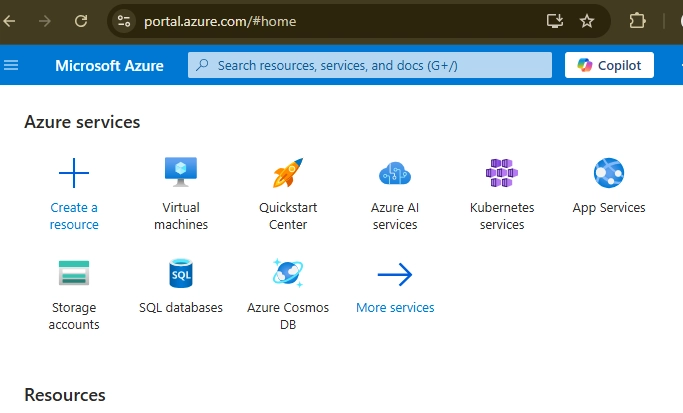
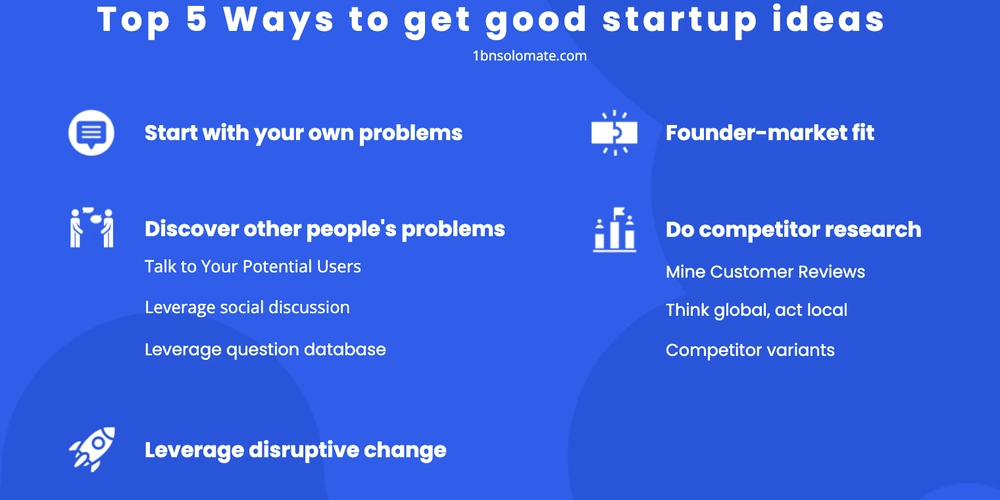











![[FREE EBOOKS] The Kubernetes Bible, The Ultimate Linux Shell Scripting Guide & Four More Best Selling Titles](https://www.javacodegeeks.com/wp-content/uploads/2012/12/jcg-logo.jpg)



![From drop-out to software architect with Jason Lengstorf [Podcast #167]](https://cdn.hashnode.com/res/hashnode/image/upload/v1743796461357/f3d19cd7-e6f5-4d7c-8bfc-eb974bc8da68.png?#)






































































































.png?#)





.jpg?#)































_Christophe_Coat_Alamy.jpg?#)







































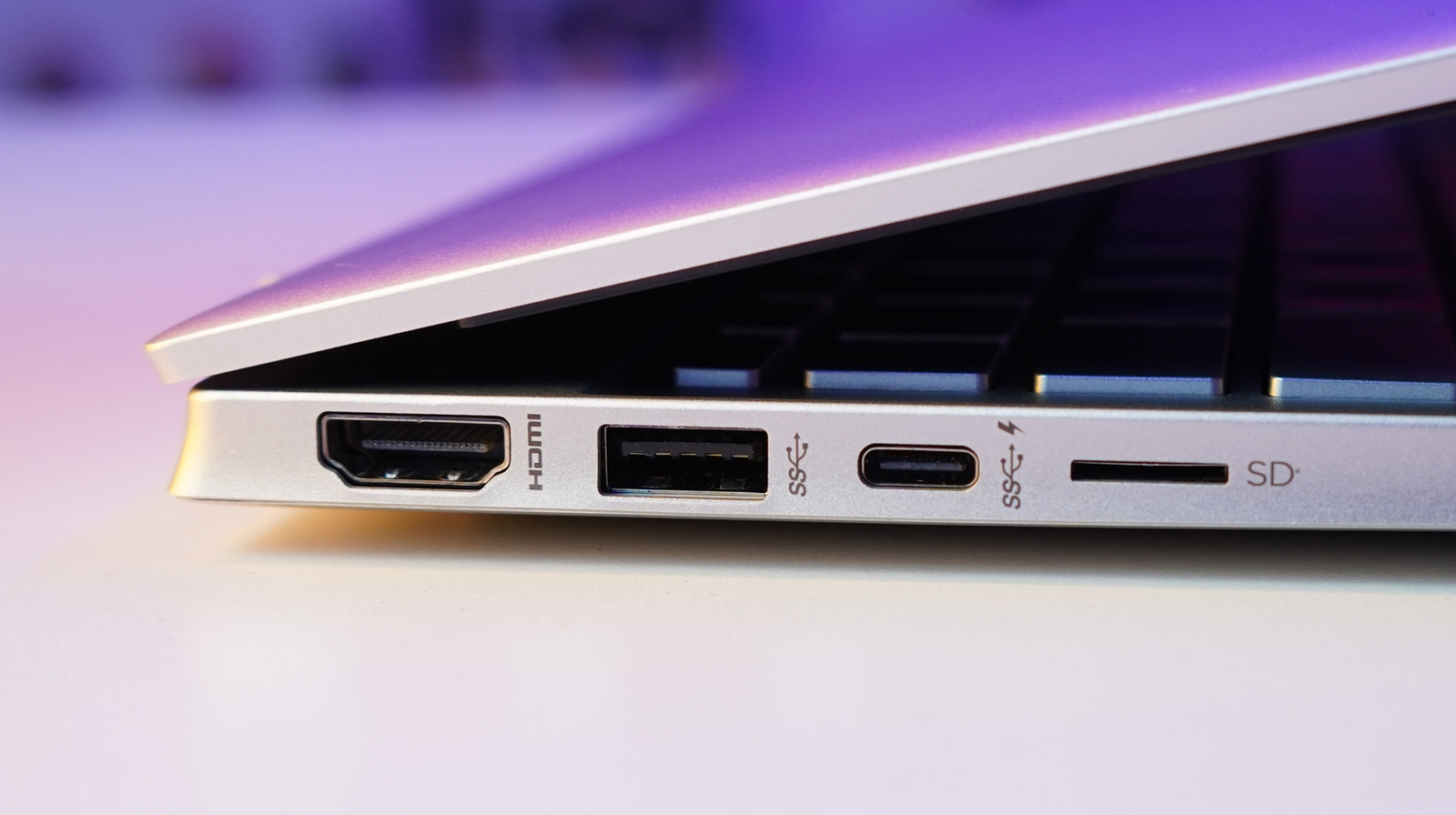
































































![Rapidus in Talks With Apple as It Accelerates Toward 2nm Chip Production [Report]](https://www.iclarified.com/images/news/96937/96937/96937-640.jpg)





































































































































